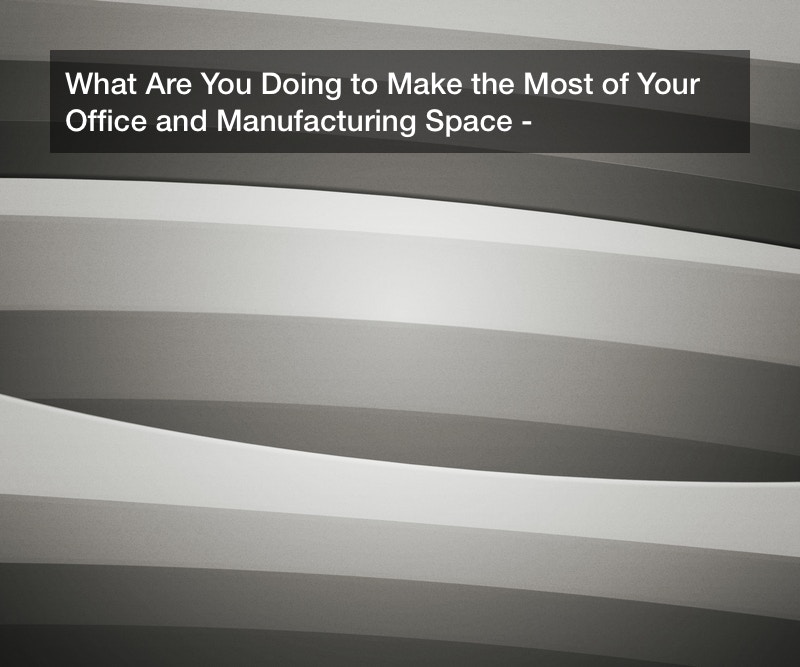

Everyone is thinking outside of the box.
From doctors and scientists to architects and engineers and from educators to restaurant owners, everyone is having to make adaptations to life as we know it. In an effort to battle Covid 19 physically, mentally, and economically, there are many people around the world who are doing their very best to reimagine the kind of lives that we live. Fortunately, as many people work to rethink the spaces where people gather to worship, to learn, to socialize, and the heal, there are some items that are already in place that can help lead to success. For instance, as cities and communities around the country try to create both safe and efficient testing spaces, there are many kinds of outdoor spaces that are needed. But with the help of prefabricated office walls that have often been used inside as in-plant modular offices, parking lots and other kinds of empty spaces are being transformed.
And whether or not you agree with the threat of the pandemic, there is certainly no way to ignore its presence. For small business owners, of course, quickly thinking outside of the box when it comes to reimagining how they can stay viable is essential. some micro breweries are making hand sanitizers, some t shirt companies are making masks, and some assembly lines have been transformed to make ventilators and masks. Few of these changes would be possible, however, if it were not for the spirit of ingenuity and the ability to think outside of the traditional uses of many spaces.
Materials Used for In-Plant Modular Offices Provide Options for Many Kinds of Settings
Finding a way to socially distance students, health care workers, patients, and co workers is just one of the challenges that many businesses and non profits alike are facing. Fortunately, this is not the first time that engineers have had to rethink how any given space can be used. The same in-plant modular offices that are used to provide quiet and secure meeting spaces in a large warehouse can also be used to make the most of other kinds of spaces as well. As educators rethink the set ups of their classrooms to try to put six feet between students as often as possible, the use of some of the same partitions that are used in in-plant modular offices are very advantageous.
Modular housing and prefabricated materials, of course, are nothing new. Decades ago as builders were looking for ways to more efficiently built chain restaurants, model homes, and many other kinds of structures, the modular and prefabricated industry was born. By first selecting between permanent and relocatable, the two main types of modular construction, builders can then begin to sort through the many other kinds of choices that are available.
In addition to providing more flexibility for the use of space, there are also many other advantages to the use of modular and prefabricated products. For example, since as much as 60% to 90% of all prefabricated construction occurs in a warehouse or factory, these kinds of projects can be completed much faster when using these type of methods. Perhaps an even greater advantage is that going modular can reduce construction cost by 9% to 20%, according to a report by the Building Industry Association of Philadelphia estimates. The fact that these materials make the entire building process for affordable and faster, however, does not meant that there is a lack in quality. In fact, modular methods allow for speedier construction times while still maintaining quality. For example, one Chinese modular construction company recently built a 57-story building in just 19 days.
Fortunately, even before the pandemic required so many builders and engineers to help their clients think outside of the box, it is important to realize that many of these people already have decades of experience creating and modifying spaces. Did you know, for instance, that FMI’s 2013 Prefabrication and Modularization in Construction Survey found that 40% of contractors considered their prefabricated and modular construction capabilities to be part of the strategic initiative for their company’s? Now is the time to take a leap of faith.


